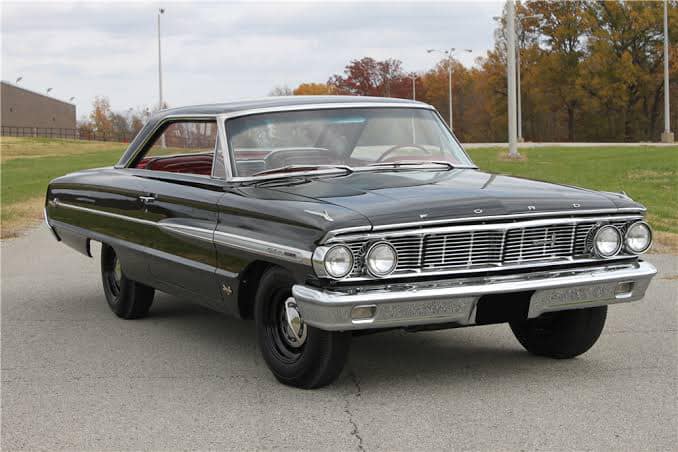
The Ford Galaxie, a staple of American automotive history, saw its second generation flourish between 1959 and 1964. This era brought significant changes and innovations that solidified the Galaxie’s place as a classic car icon.
This article delves into the key aspects of the Ford Galaxie 2nd Generation, exploring its design evolution, engineering advancements, cultural impact, and legacy.
Introduction to the Ford Galaxie 2nd Generation
The Ford Galaxie was introduced as a full-size car by the Ford Motor Company in 1959. It quickly became one of the most recognizable names in the American automotive market. The second generation of the Galaxie, spanning from 1959 to 1964, marked a period of transformation and innovation.
This era saw the Galaxie transition from its early conservative designs to a more stylish and performance-oriented vehicle, catering to the changing tastes of the American public.
Design Evolution
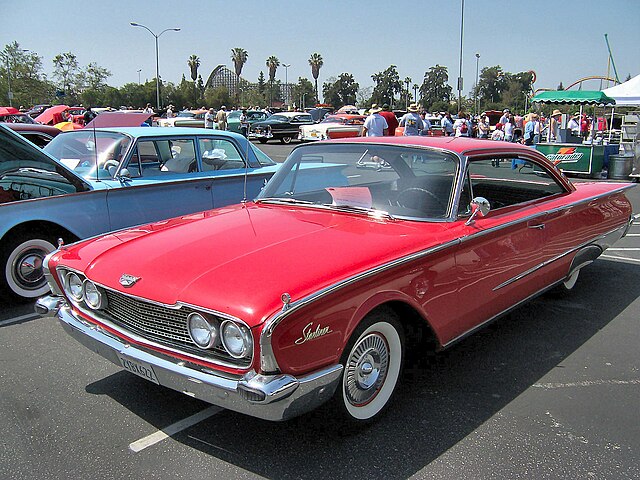
1959: The Debut of a New Era
The second generation of the Ford Galaxie debuted in 1959, featuring a design that was heavily influenced by the space race and the futuristic themes of the era. The 1959 Galaxie showcased a sleek, aerodynamic body with prominent tailfins, a hallmark of 1950s automotive design. The car’s chrome accents and two-tone paint schemes added to its appeal, making it a favorite among consumers.
1960-1962: Streamlined Aesthetics
Between 1960 and 1962, the Galaxie underwent several design modifications. The tailfins were toned down, giving the car a more streamlined and elegant look. The introduction of the “Starliner” model in 1960 brought a pillarless hardtop design that was both stylish and functional. This period also saw the addition of new grille designs and updated interiors, enhancing the overall comfort and appeal of the Galaxie.
1963-1964: The Ultimate Expression
The final years of the second generation, 1963 and 1964, represented the peak of the Galaxie’s design evolution. The car received a more squared-off, muscular appearance, reflecting the growing trend towards performance and power in the automotive industry.
The introduction of the “fastback” roofline in 1963 added a sporty touch, while the 1964 model featured a more aggressive front-end design and enhanced aerodynamics.
Engineering Advancements
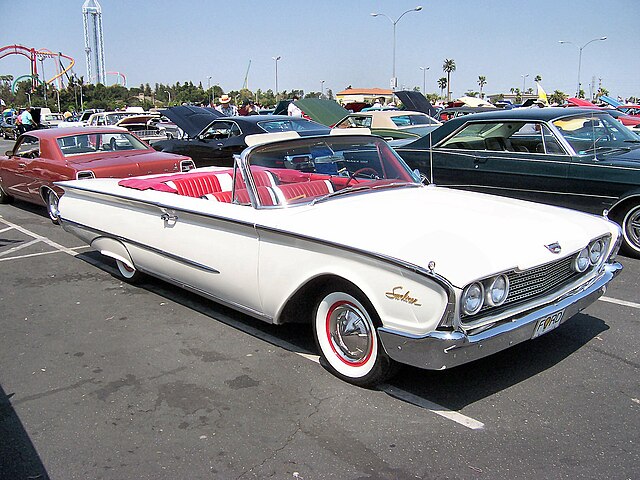
Powertrain Options
One of the standout features of the second-generation Galaxie was its range of powerful engines. Ford offered a variety of V8 engines, catering to different performance needs and preferences. The 352 cubic inch (5.8 L) V8 engine was a popular choice, delivering robust power and performance.
In 1963, Ford introduced the 427 cubic inch (7.0 L) V8 engine, which became legendary for its power and was a favorite among racing enthusiasts.
Suspension and Handling
Ford made significant improvements to the Galaxie’s suspension and handling during this period. The introduction of the “Dual Range” automatic transmission in 1959 provided smoother and more efficient gear shifts. The suspension system was also upgraded to offer better ride comfort and stability, making the Galaxie a more enjoyable car to drive, whether for daily commuting or long road trips.
Safety Features
Safety was an important consideration in the design of the second-generation Galaxie. Ford introduced several safety features, including improved braking systems and more robust body structures. The use of reinforced steel and better crumple zones enhanced the car’s ability to protect occupants in the event of a collision. These advancements made the Galaxie one of the safer options in the full-size car segment.
Cultural Impact
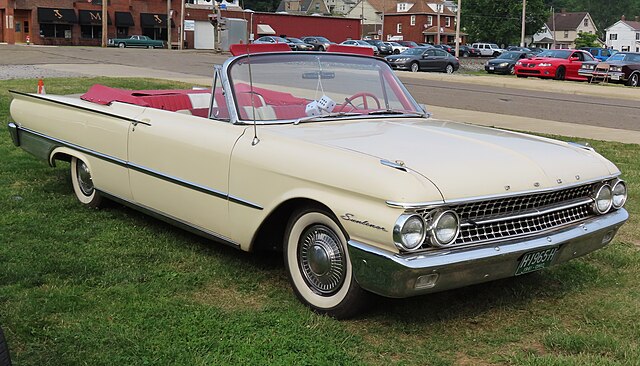
A Symbol of the American Dream
The Ford Galaxie quickly became a symbol of the American Dream during the early 1960s. Its stylish design, powerful engines, and comfortable interiors made it a popular choice among middle-class families. The Galaxie was often seen as a status symbol, representing success and prosperity. Its presence in movies, TV shows, and advertisements further cemented its cultural significance.
Motorsports Success
The Galaxie’s impact extended beyond the consumer market and into the world of motorsports. The introduction of the 427 cubic inch V8 engine in 1963 made the Galaxie a formidable competitor on the racetrack.
The car achieved significant success in NASCAR, with drivers like Fred Lorenzen and Ned Jarrett piloting the Galaxie to numerous victories. This motorsports success added to the car’s mystique and appeal.
Influence on Popular Culture
The Ford Galaxie left an indelible mark on popular culture. Its appearances in films and television shows, often as a symbol of the 1960s American lifestyle, helped to immortalize the car. Songs and references in literature also contributed to the Galaxie’s enduring legacy. The car’s distinct design and performance capabilities made it a favorite among car enthusiasts and collectors.
Legacy and Collectibility
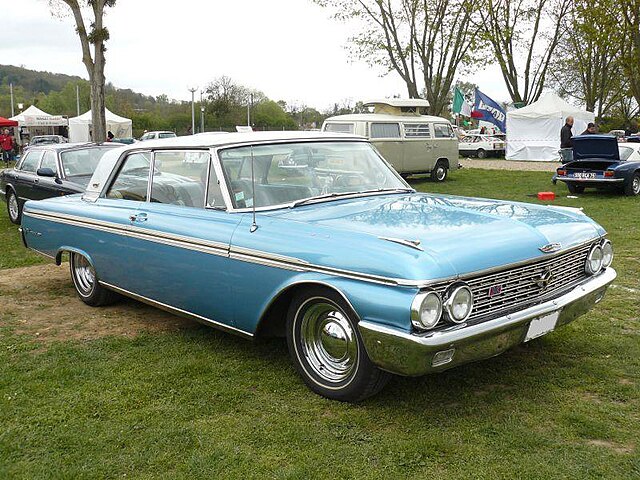
Enduring Appeal
The Ford Galaxie 2nd Generation remains a beloved classic car among enthusiasts and collectors. Its combination of stylish design, powerful performance, and cultural significance makes it a highly sought-after vehicle. Restored models often fetch high prices at auctions, and the car is a common sight at classic car shows and events.
Preservation and Restoration
Many car enthusiasts dedicate significant time and resources to preserving and restoring second-generation Galaxies. The availability of aftermarket parts and a strong community of Galaxie enthusiasts make restoration projects more feasible. Clubs and organizations dedicated to the Ford Galaxie help to keep the car’s legacy alive, providing support and resources for owners and restorers.
Impact on Ford’s Legacy
The success of the second-generation Galaxie had a lasting impact on Ford’s brand and reputation. It demonstrated Ford’s ability to innovate and respond to changing consumer preferences, setting the stage for future successes.
The lessons learned from the Galaxie’s development and marketing influenced Ford’s approach to subsequent models, contributing to the company’s long-term success in the automotive industry.
Conclusion
The Ford Galaxie 2nd Generation (1959-1964) stands as a testament to the innovation and cultural significance of American automobiles during the mid-20th century. Its stylish design, engineering advancements, and impact on popular culture have ensured its place as a classic car icon.
As enthusiasts continue to preserve and celebrate the Galaxie, its legacy endures, symbolizing an era of automotive excellence and the American Dream.
